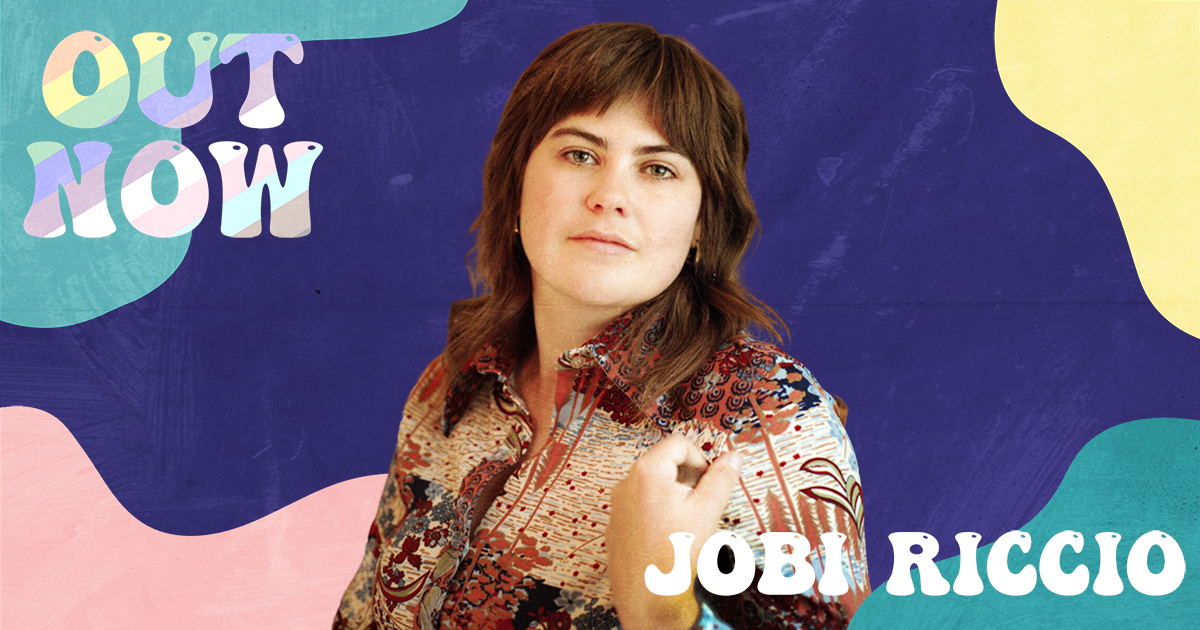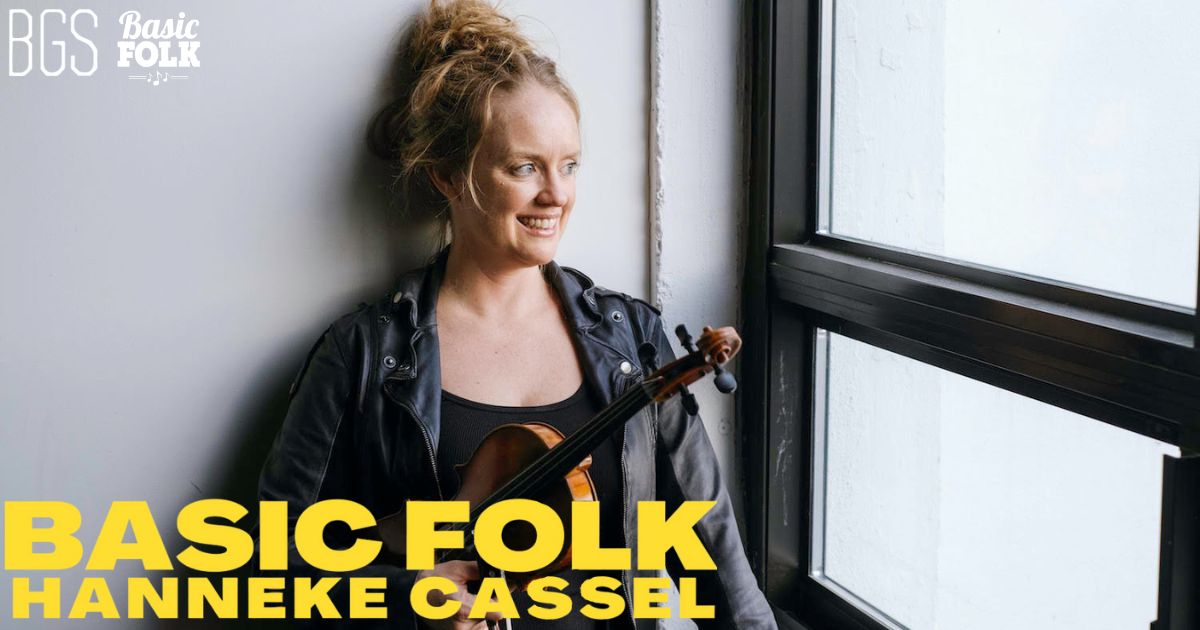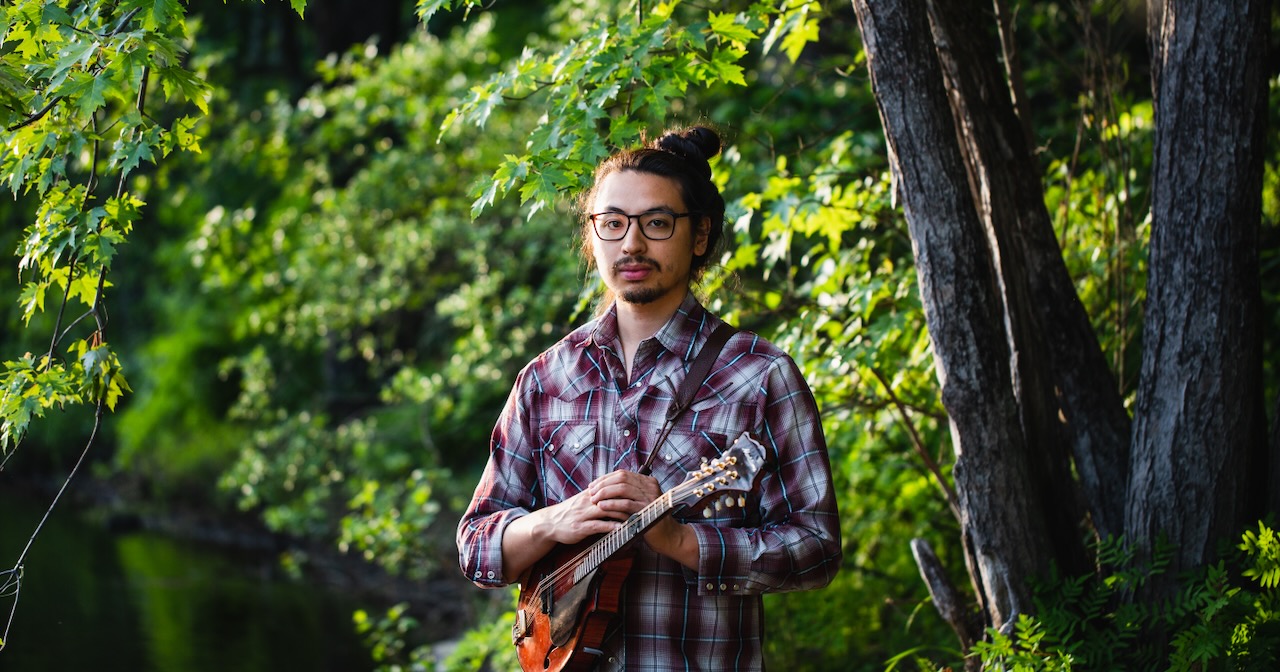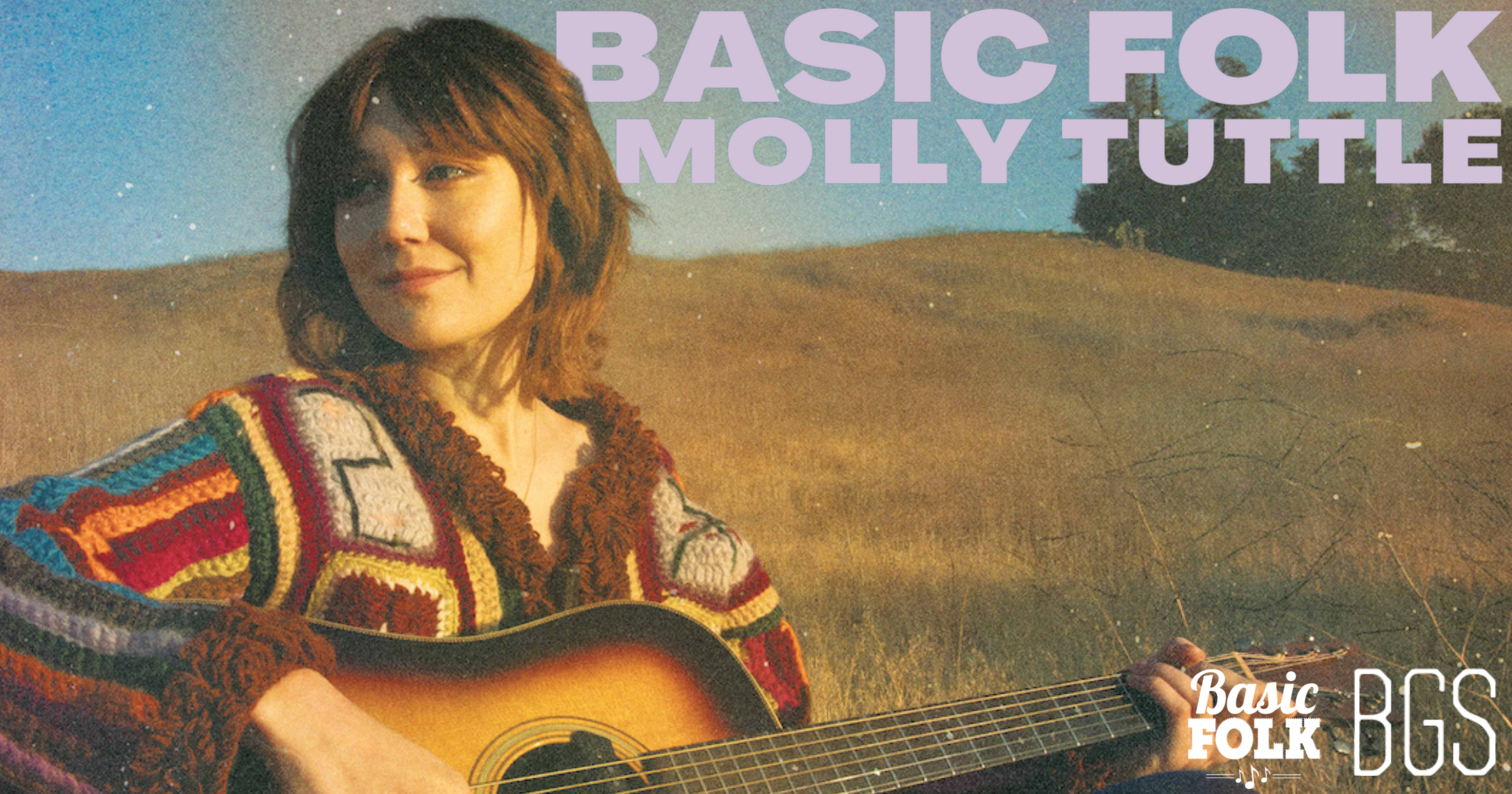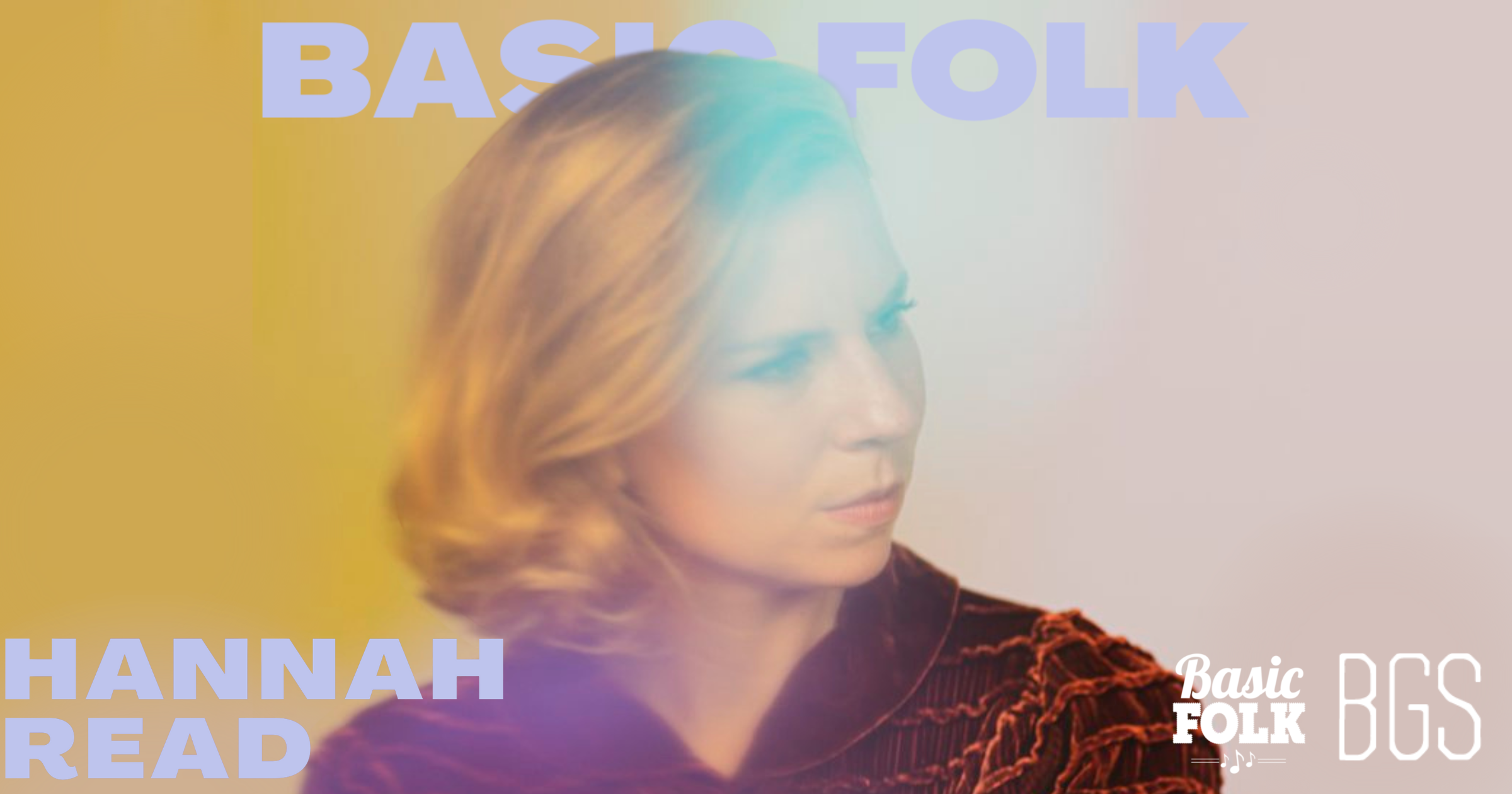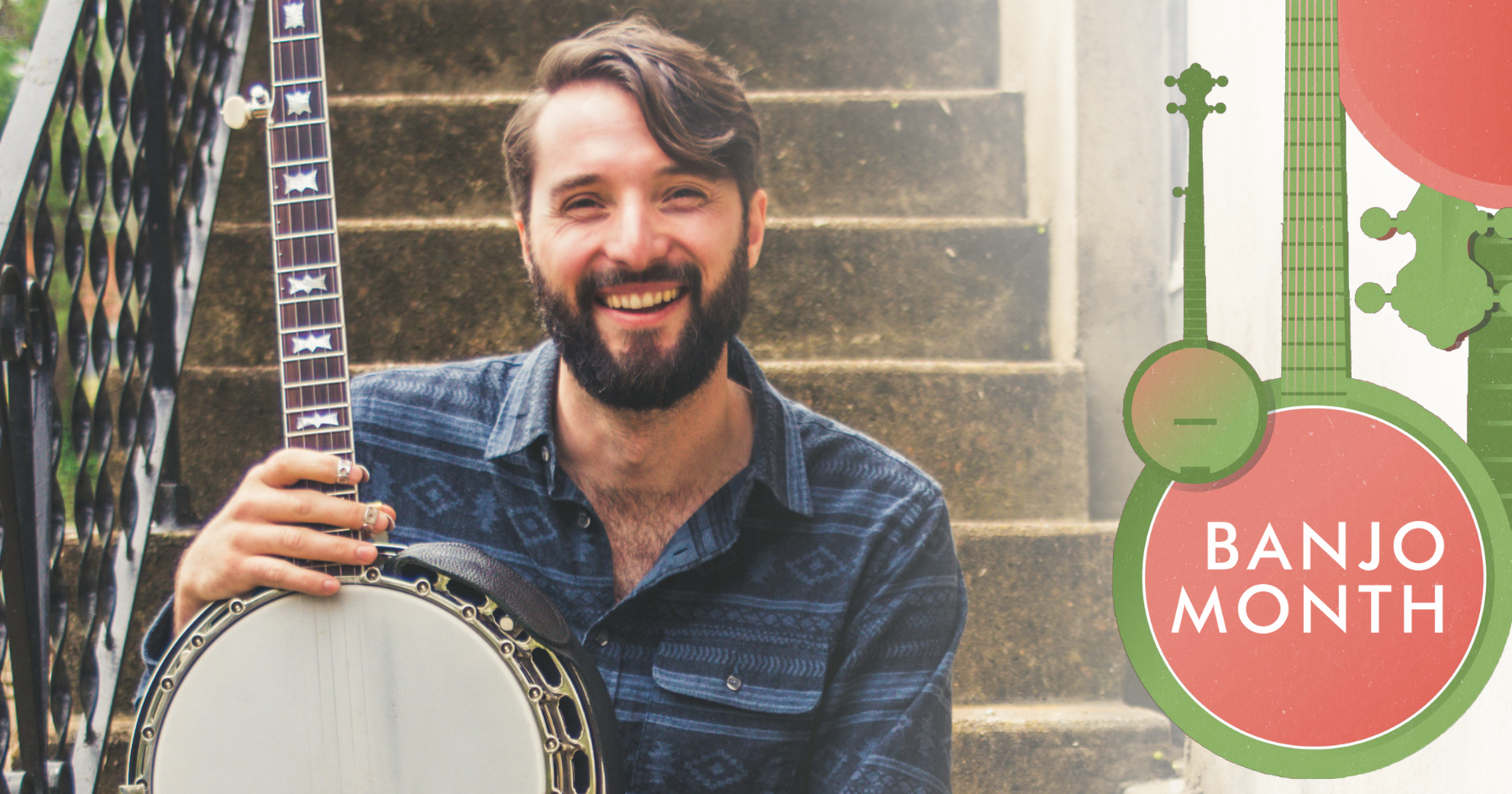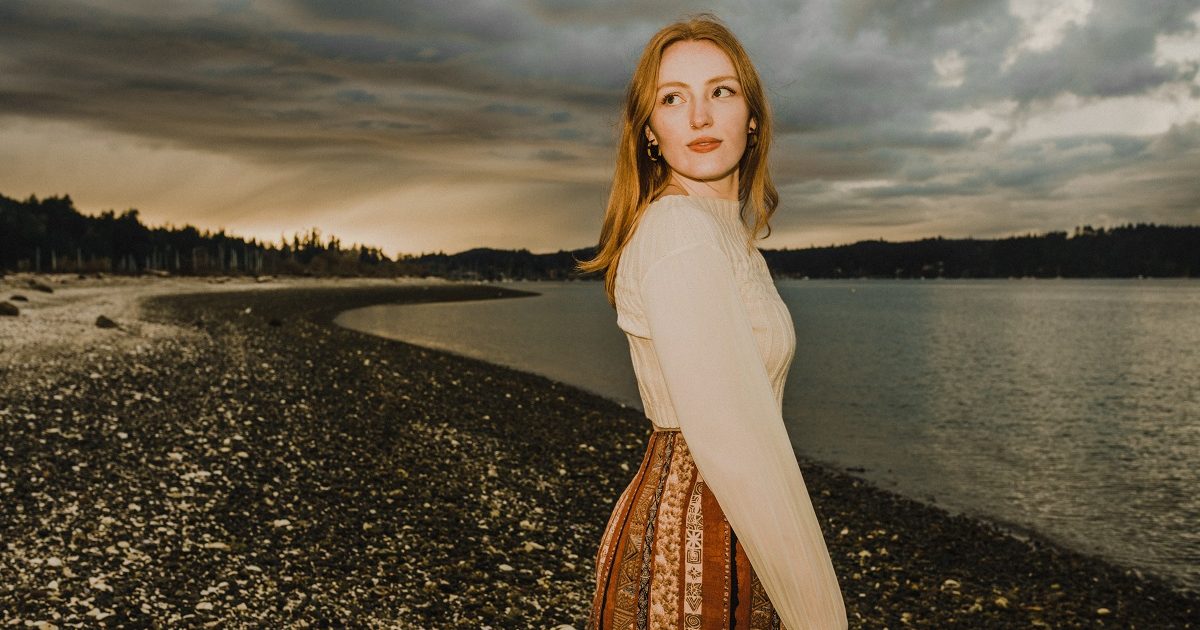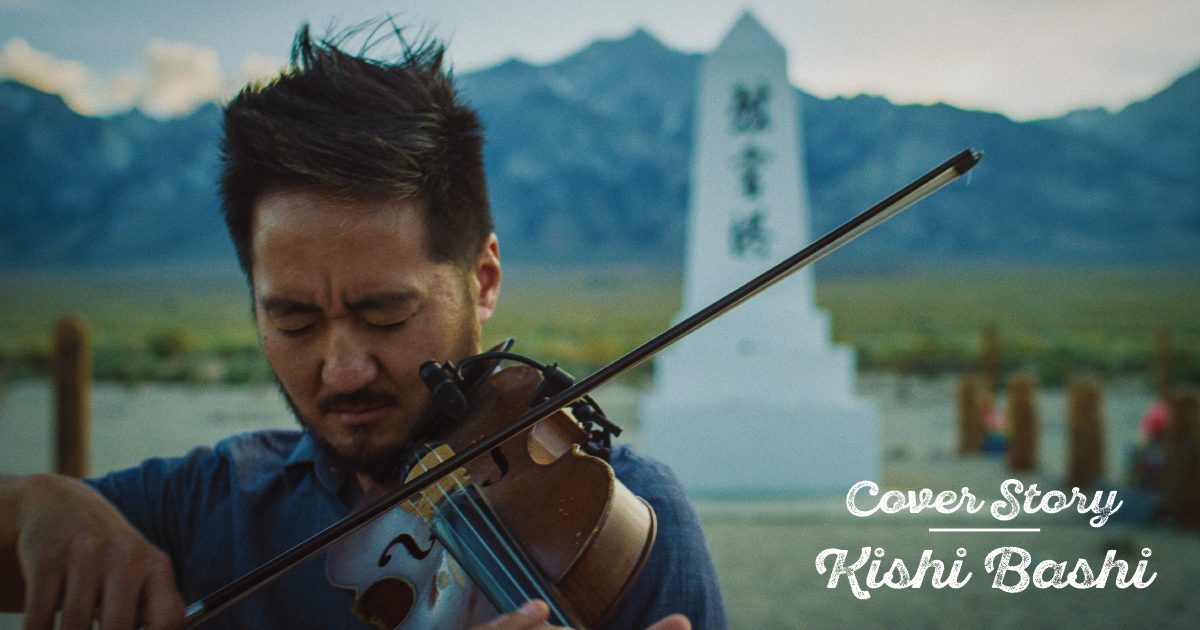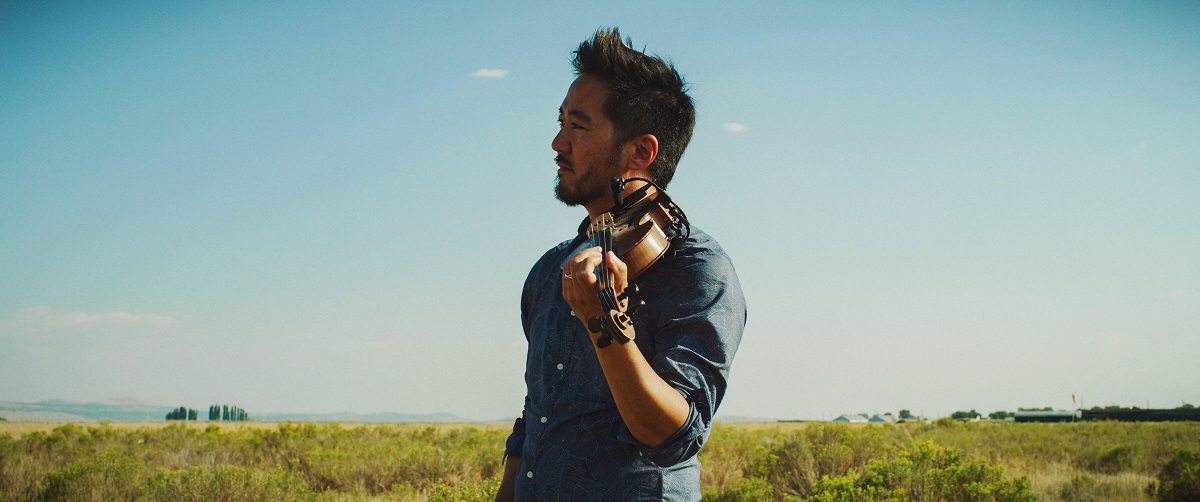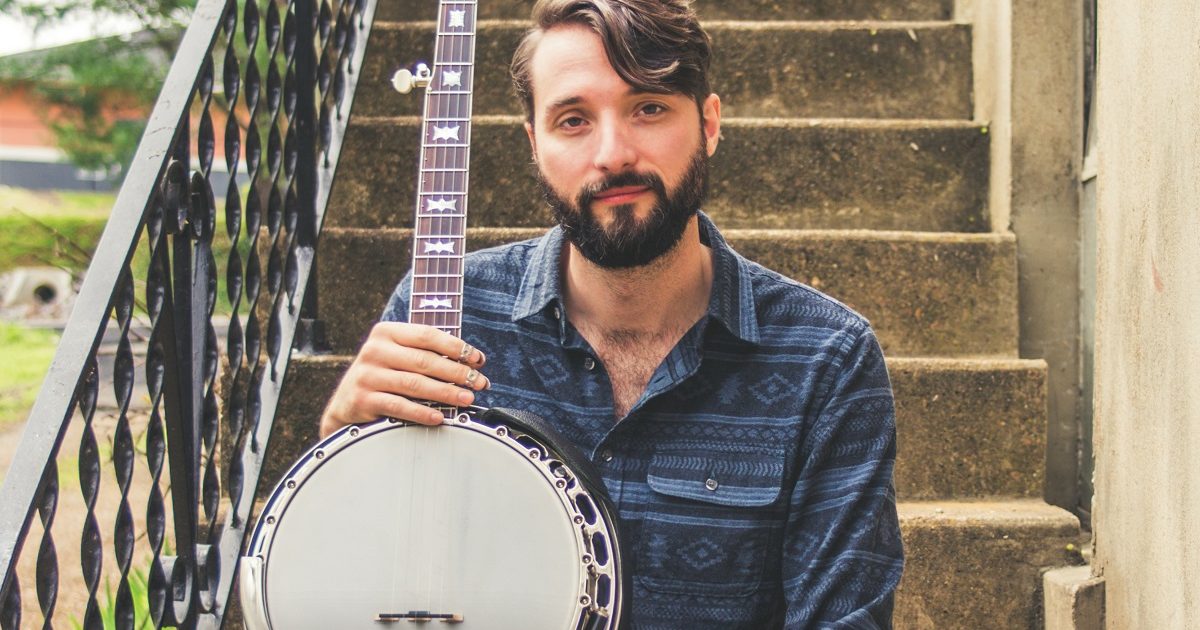Welcome to OUT NOW! We are so excited to bring you the latest LGBTQ+ folk, roots, bluegrass, country, Americana, and indie songwriters, artists, and musicians. Who am I to guide you through the queer music industry? My name is Sara Gougeon. I founded and run Queerfest, which supports LGBTQ+ music by hosting monthly showcases and an annual festival in Nashville, promoting queer-identifying artists and creating spaces for our community. In 2022 Queerfest was named “Best New Music Festival” by The Nashville Scene.
This column is designed to amplify the voices of queer songwriters, musicians, and industry leaders. I am so excited to share just how talented, creative, and supportive the queer music industry is. We are delighted that the release of this column aligns with Pride Month, but we are even more excited to support LGBTQ+ music consistently year-round, beyond just the month of June.
Our first artist is one that I am proud to have known for years, and I can write with undeniable confidence that their music is at the start of a career filled with national tours, stunning releases, and larger followings sure to come.
I met the amazing Jobi Riccio in college when we were students at Berklee College of Music in Boston. They’ve come a long way since then: a record deal with Yep Roc, touring, and the move to Nashville. But I knew from day one that their music was exceptional. It is always a complete honor to promote incredible queer music.
Jobi’s carefully crafted lyrics turn songs into movies. Melodies blend with smooth vocals, and mournful fiddle solos lift between lines. It’s the kind of music I catch myself playing for hours before noticing that I’ve fallen so deeply for a few songs that I could listen to them on repeat forever.
And with that, I am deeply proud to present OUT NOW: Jobi Riccio.
BGS: What would a “perfect day” look like for you?
Jobi Riccio: A day spent primarily outside in the sun with those I love that ends playing songs in a living room or around a fire is really hard to beat. I also love being alone exploring nature and any day I spend hiking, biking, kayaking or doing any outdoor activity completely alone is always perfect and healing.
Why do you create music? What’s more satisfying to you, the process or the outcome?
It depends on the day. I love performing just as much as I love songwriting and I view both as a very gratifying way to connect with myself and other people.
Do you create music primarily for yourself or for others?
I honestly don’t know. I create music when I’m feeling something big and feel I need to or have the ability to express it. I’m not sure if it’s completely honest to say I write entirely for myself because sometimes those big feelings I’m experiencing stem from a desire to connect with others.
View this post on Instagram
Who are your favorite LGBTQ+ artists and bands?
Rufus Wainwright, Aaron Lee Tasjan, and Caroline Rose all come to mind as LGBTQ+ artists I’ve had in heavy rotation, but also those I’m lucky enough to consider friends: Liv Greene, Erin Rae, Brennan Wedl, Brittany Ann Tranbaugh, Palmyra, and Olivia Barton are all queer artists/bands I’m very inspired by.
Is “Green Flash ” based on real feelings/experiences?
I started “Green Flash” during late spring of 2020, when I moved back home with my mom in Colorado. Lots of these existential crisis-y type thoughts were swirling in my head throughout my senior year of college, and the onset of the pandemic just sent them into overdrive. Most musicians have a fantasy of quitting music at some point and leading a “simple life” and I was caught up in that idea as I had nowhere to play and no hope of touring in the future. Sometimes I find my songs function similar to journal entries — questions I ask myself or little prayers out into the universe — and I think “Green Flash ” functions that way.
One of the main lines in Green Flash is “I’m still learning how to trust a heart.” How do you find a balance between being open to love/vulnerability/life and not getting your heart hurt?
I love this question, I ask myself it almost everyday. More and more I’ve learned to push myself to be vulnerable and honest even when it’s scary because I might be hurt, because it’s the key to real connection with others and is where the true beauty in life lies. Learning how to be authentically myself has a lot to do with learning to trust my heart and myself, and it’s very much a daily practice. All and all, I’d rather be hurt than live in fear of being hurt.
What are your release and touring plans for the next year?
I am releasing my debut record, Whiplash, on September 8 and I’m extremely excited to get this body of work into the world. I’ll be touring around the record this year and next!
Photo of Jobi Riccio: Monica Murray
